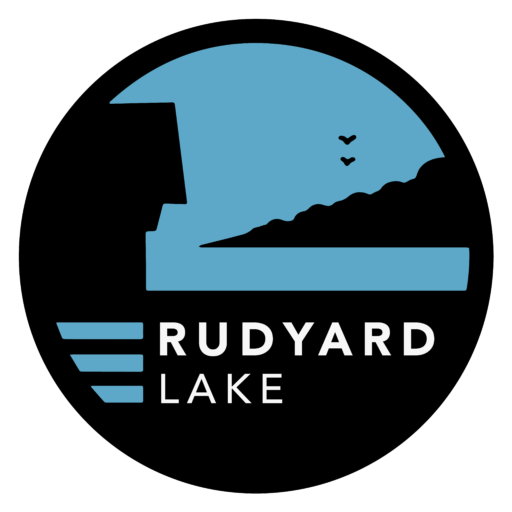Other Developments
by Alan Weeks
Following the closure of the railway line in the early 60’s the Lake began a period of decline in popularity and little or no investment was forthcoming to improve the public facilities.
Lakeside properties
Several lakeside properties were in a derelict condition; many having being built in the early 1900’s following the sale of Cliffe Park Estate, by the mid 90’s however, in part thanks to The Rudyard Lake Trust, the Lake was beginning to show an increase in popularity once again. People were perhaps again beginning to appreciate what was on their doorstep?
The western shoreline properties are now almost all less than 15 years old many with the modern tourist requisites of hot tubs, boats and BBQ’s, to say nothing of mood lighting! A far cry from the wooden sheds of old?
The Rudyard Lake Sailing Club
Having constructed their new clubhouse, opened by HRH Princess Anne in 2003, have now further developed their site by building a specialist storeroom building for their safety boats.
The modern tourist requisites of hot tubs, boats and BBQ’s, to say nothing of mood lighting! A far cry from the wooden sheds of old?…
Sailability
Following many years of support, uncertainty, dispute and finally agreement, Rudyard Sailability, with it’s origins from the Rudyard Lake Sailing Club have now constructed a purpose built property in the bay as tenants of The Rudyard Lake Trust on the western shore close to the public slipway to provide specialist facilities for sailors with a disability. Both the Sailing Club and Sailability are approved by the RYA (Royal Yachting Association) for providing facilities for disabled sailors.
A Balancing Act
The Rudyard Lake Trust is concerned that the Lake could become over developed in the name of progress, which in today’s terms locally often relates to tourism in planning terms.
The Trust believes that the lake currently has something of an acceptable maximised balance between a necessary commercialism in order to both attract and satisfy the public demands and to pay the overheads, weighed against the natural environment and the lake’s capability to provide shelter, food and breeding grounds for many species of birds and wildlife including the fish within the lake.
























